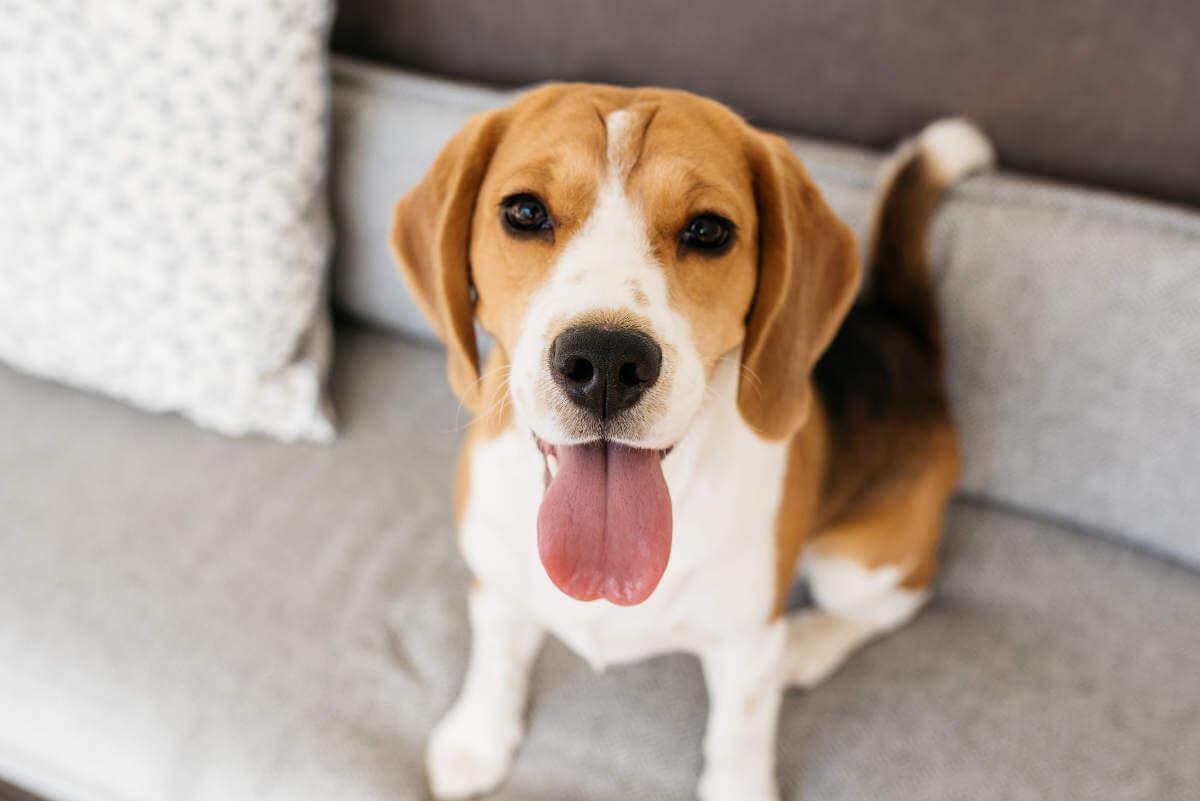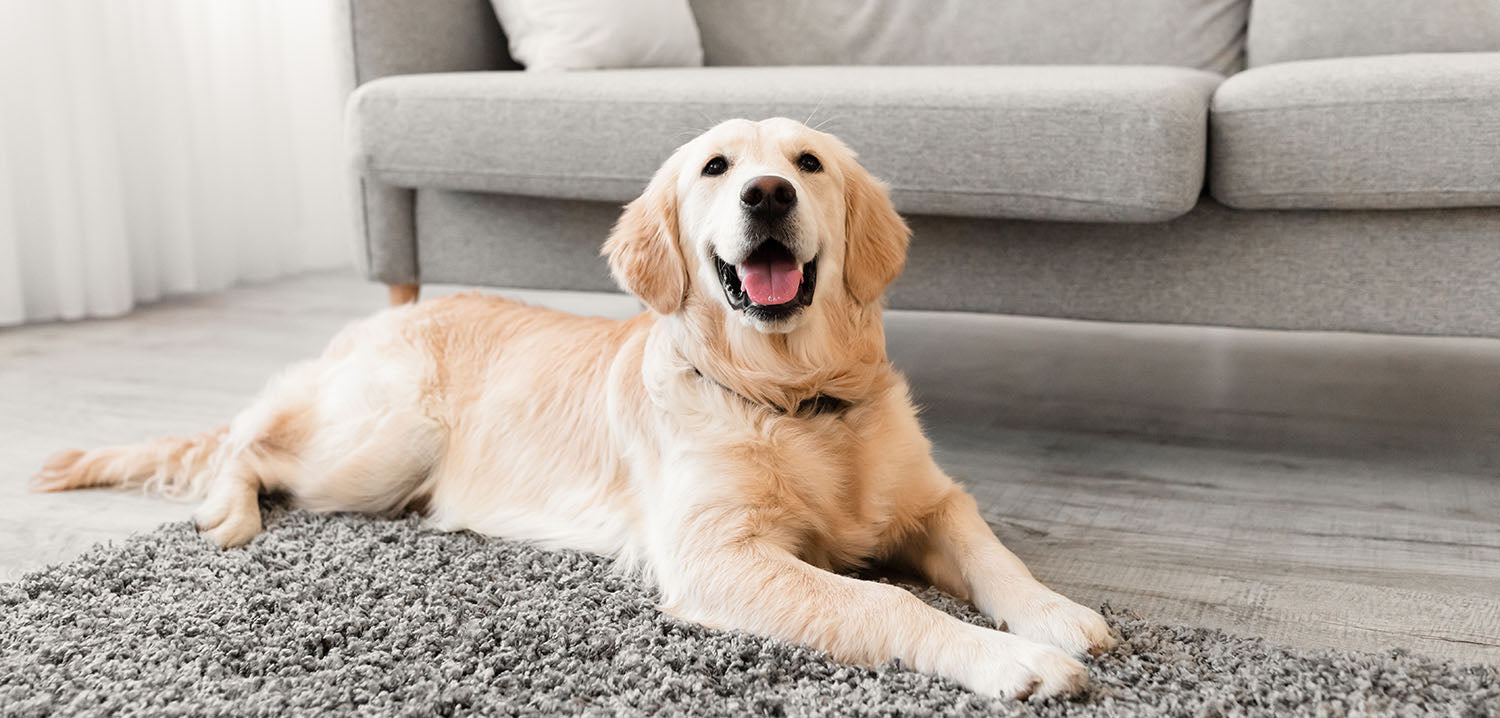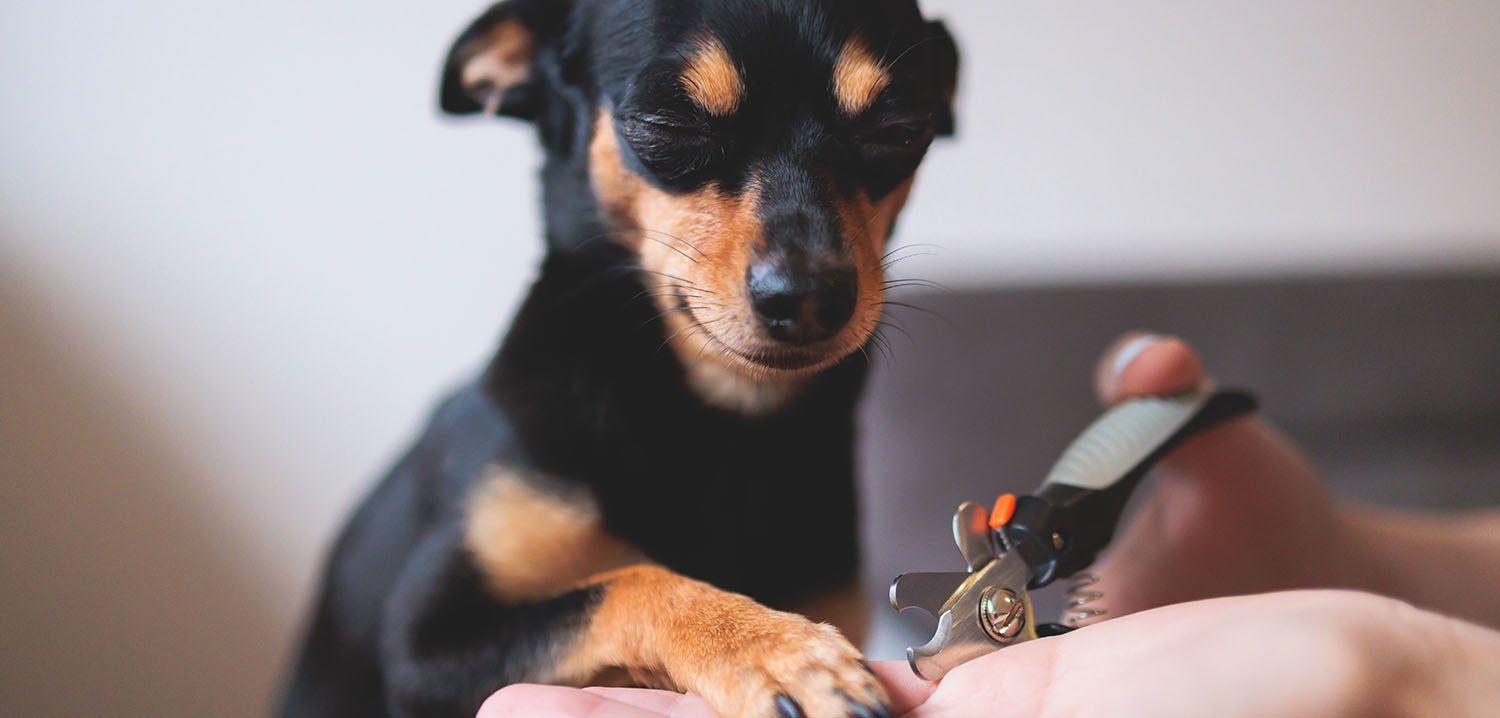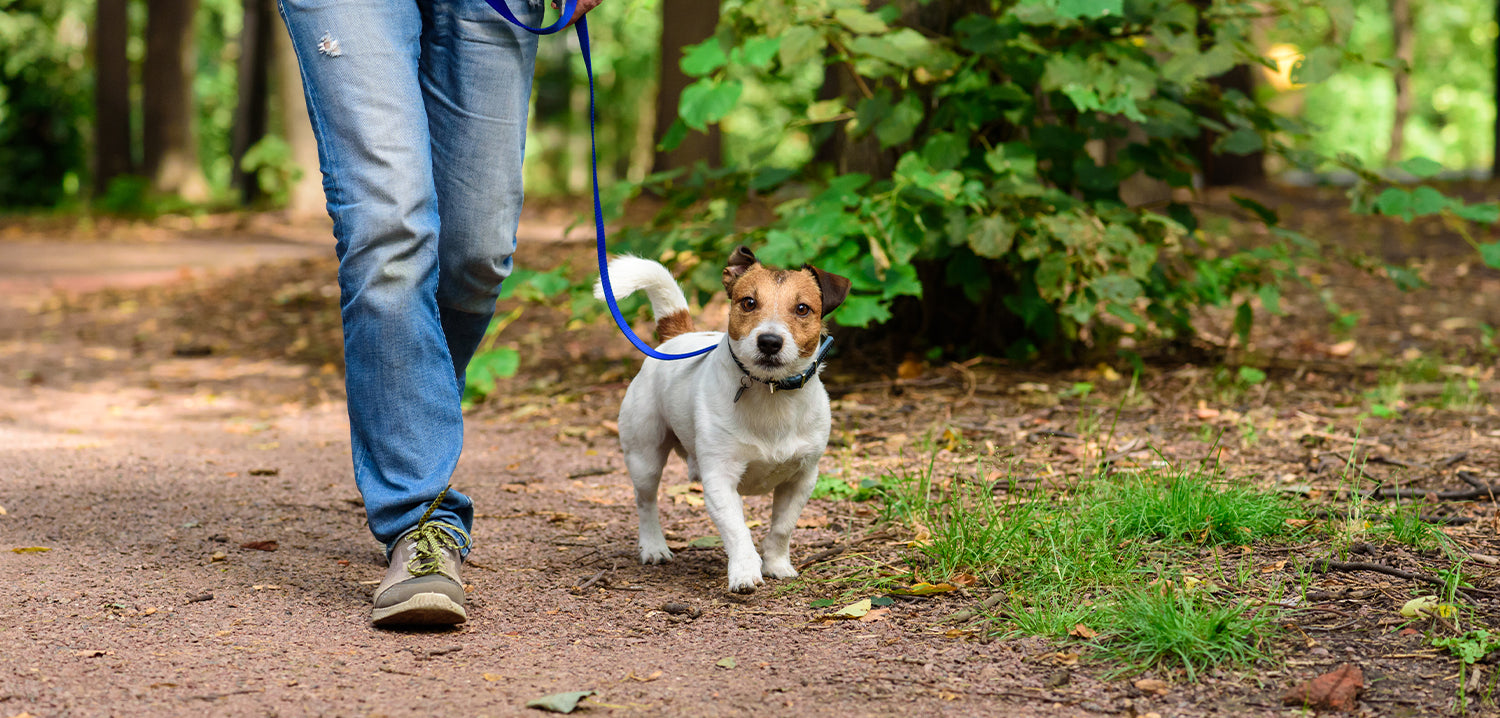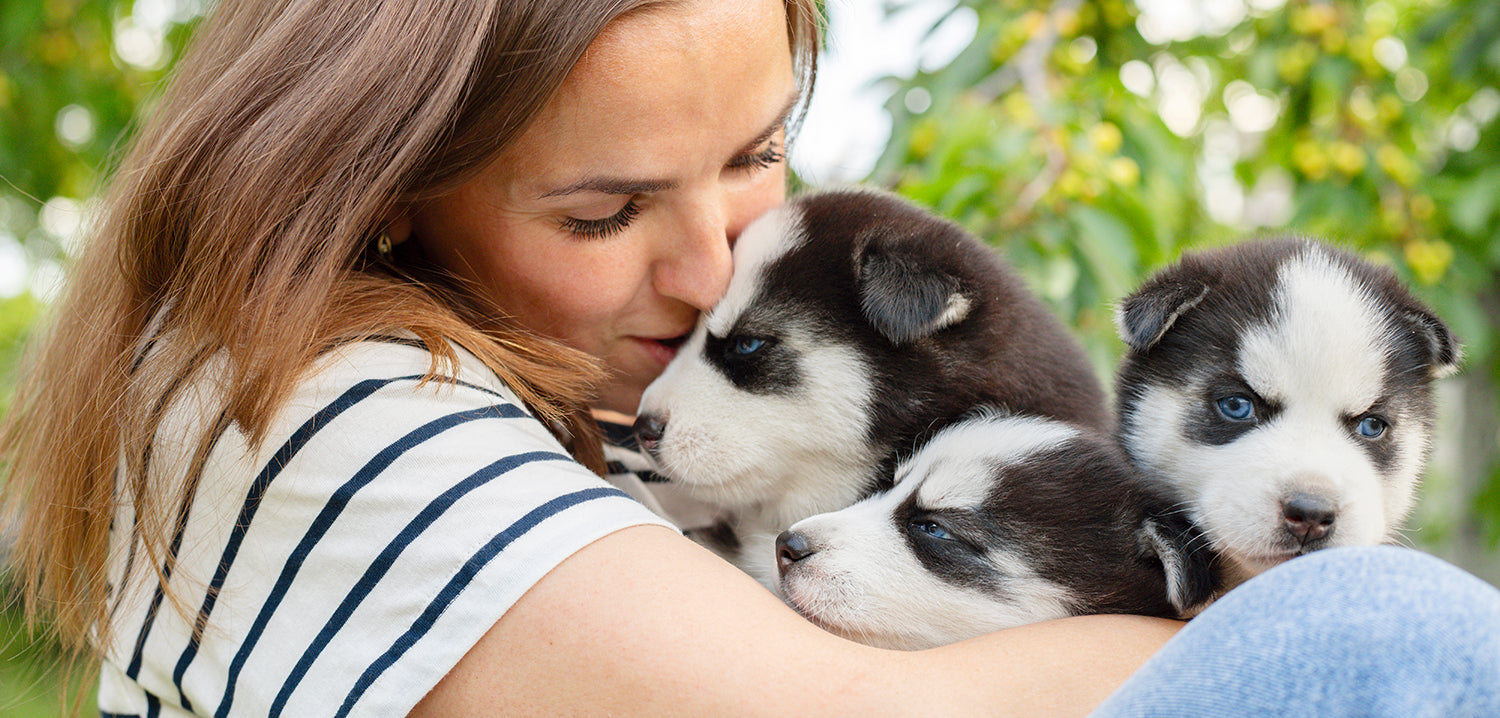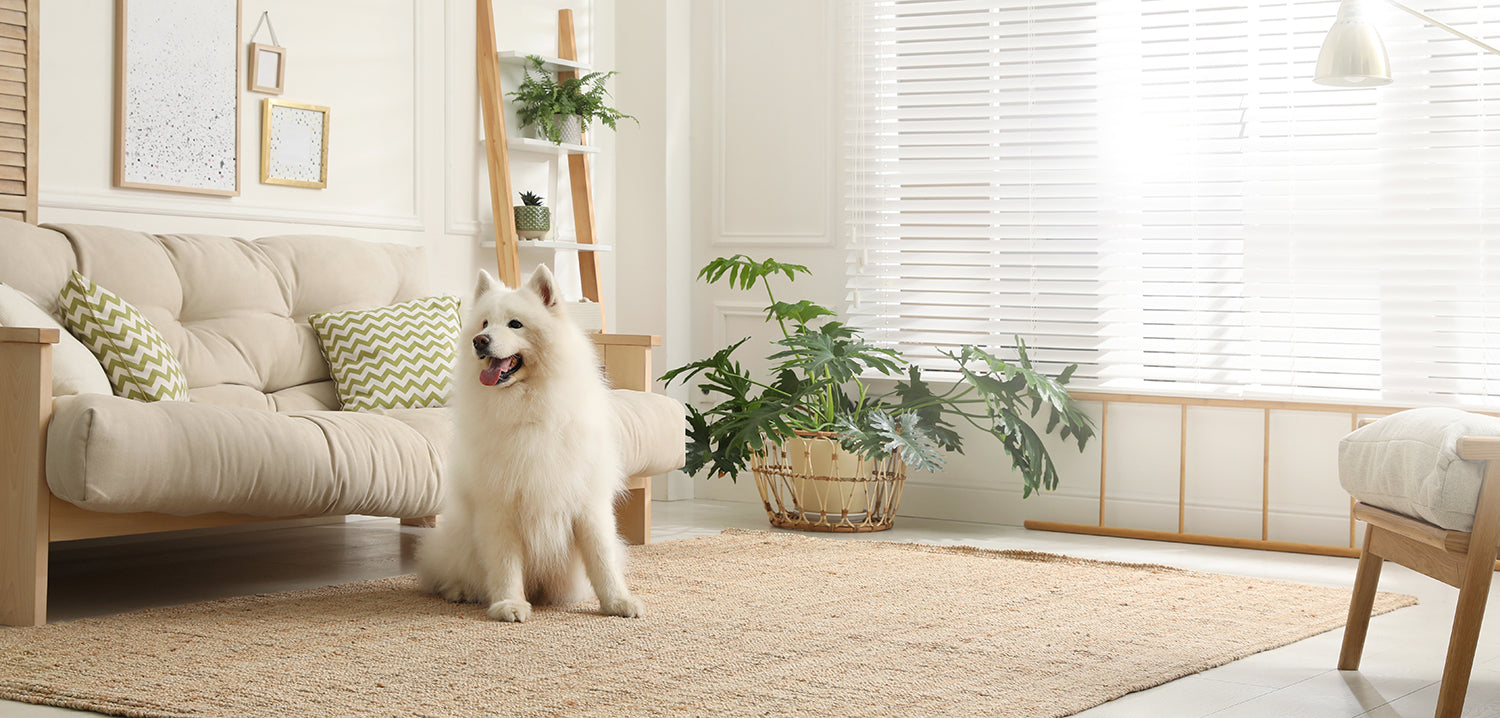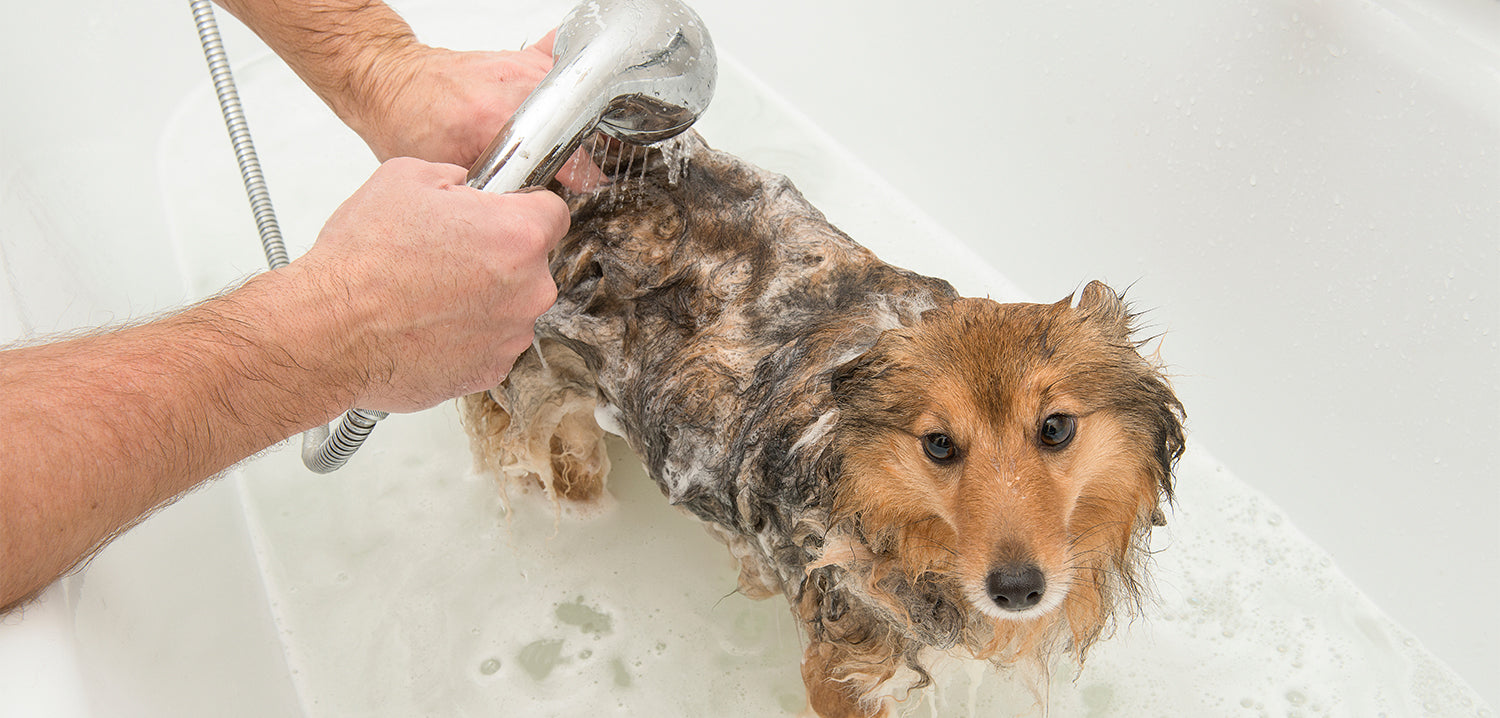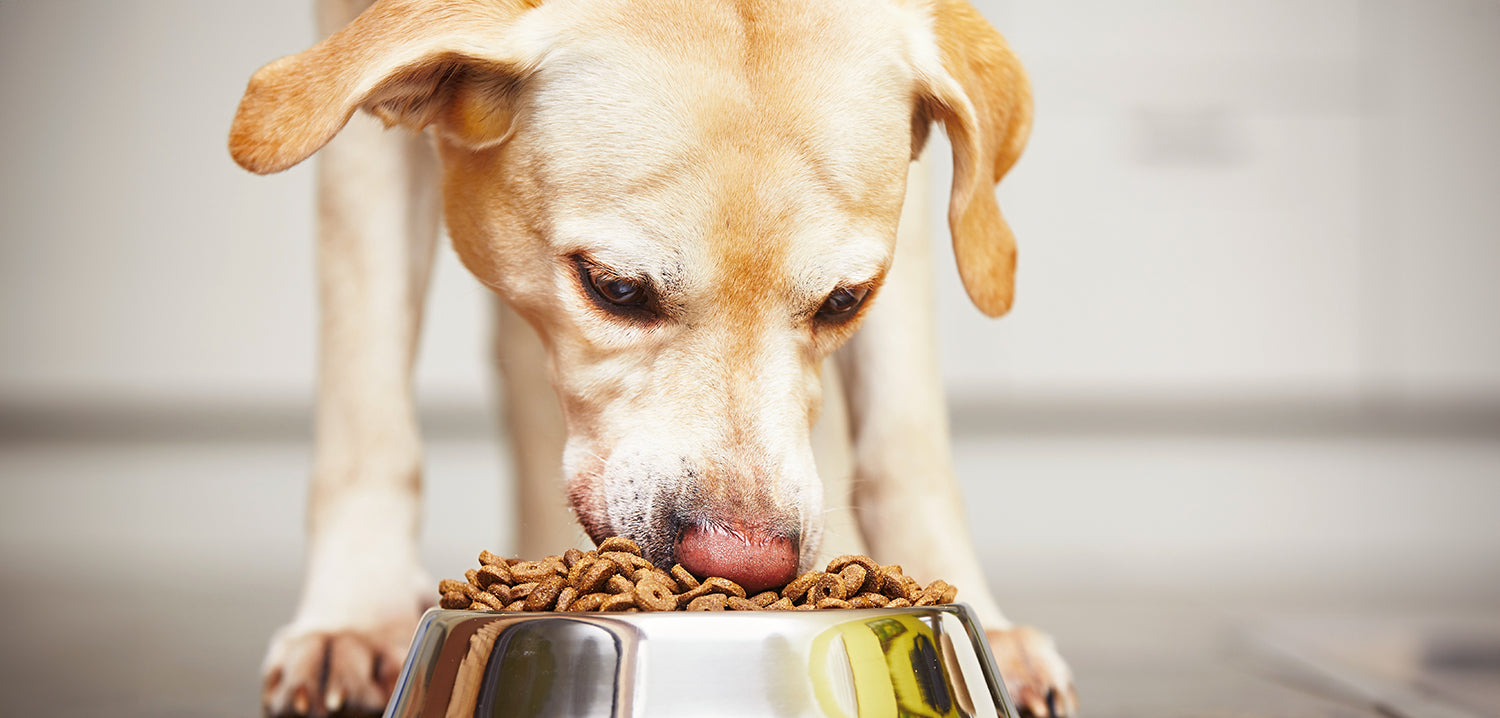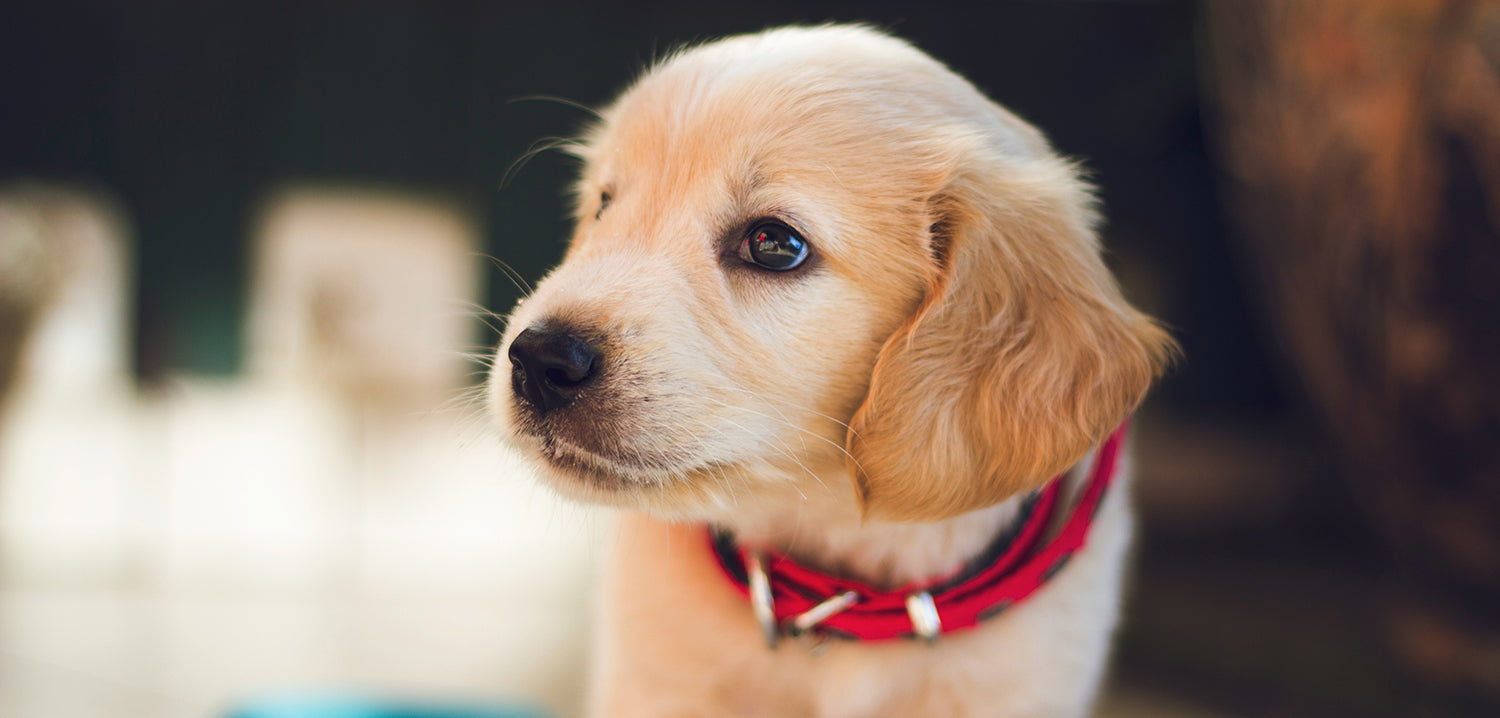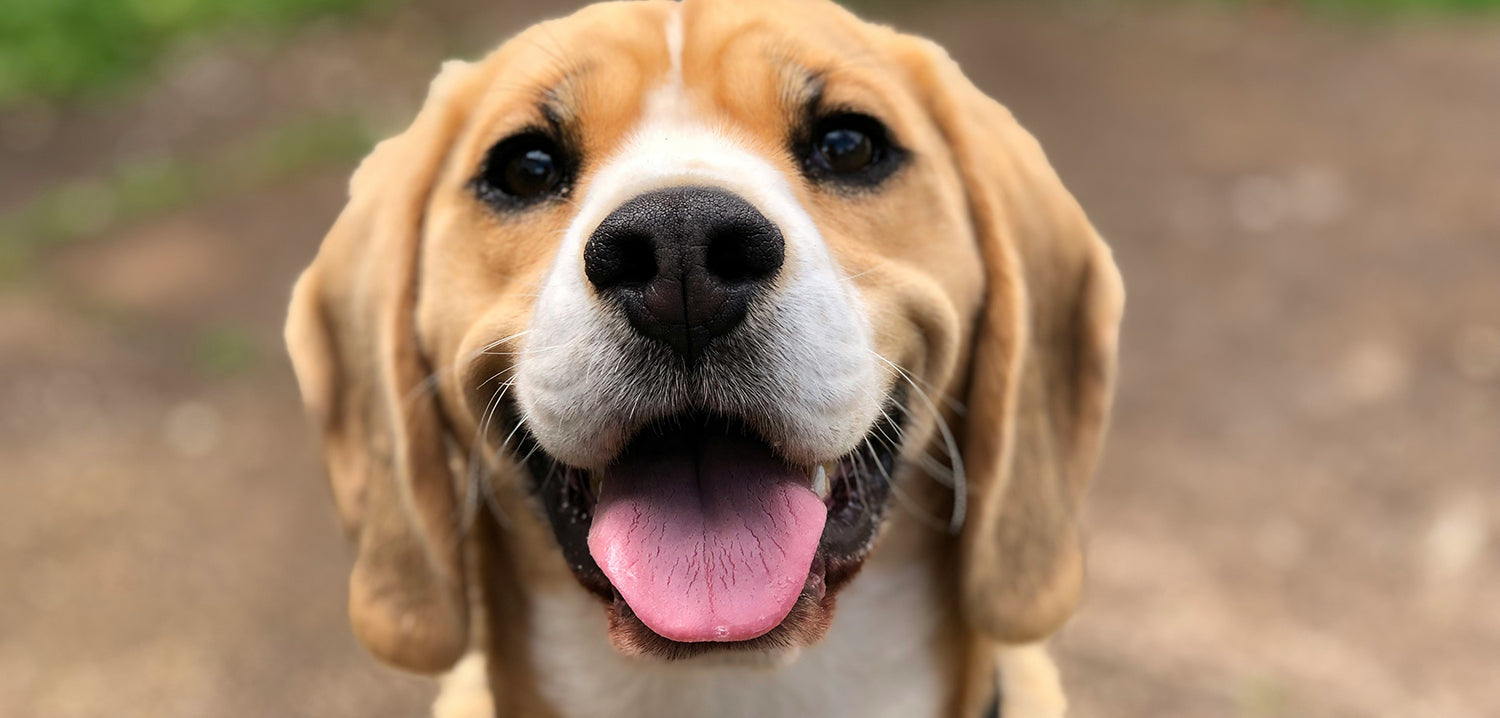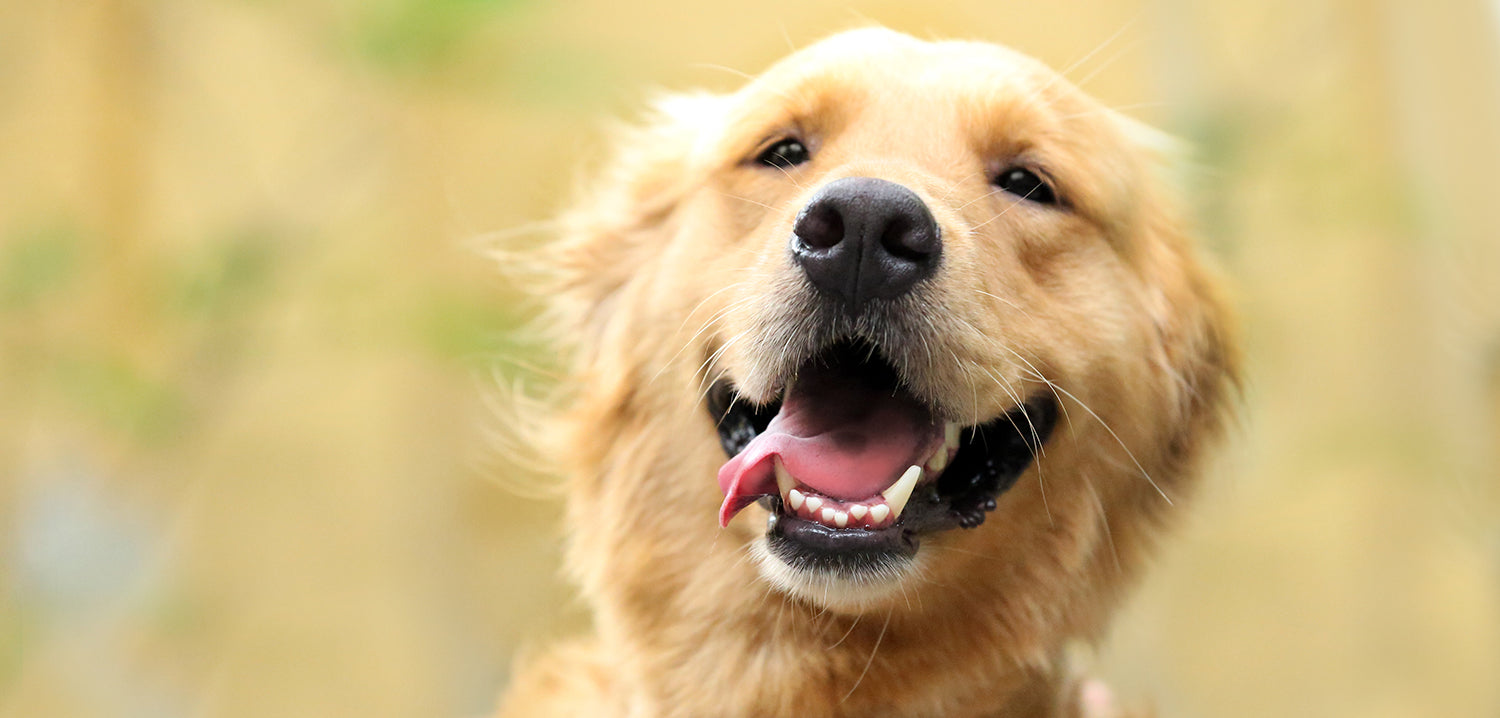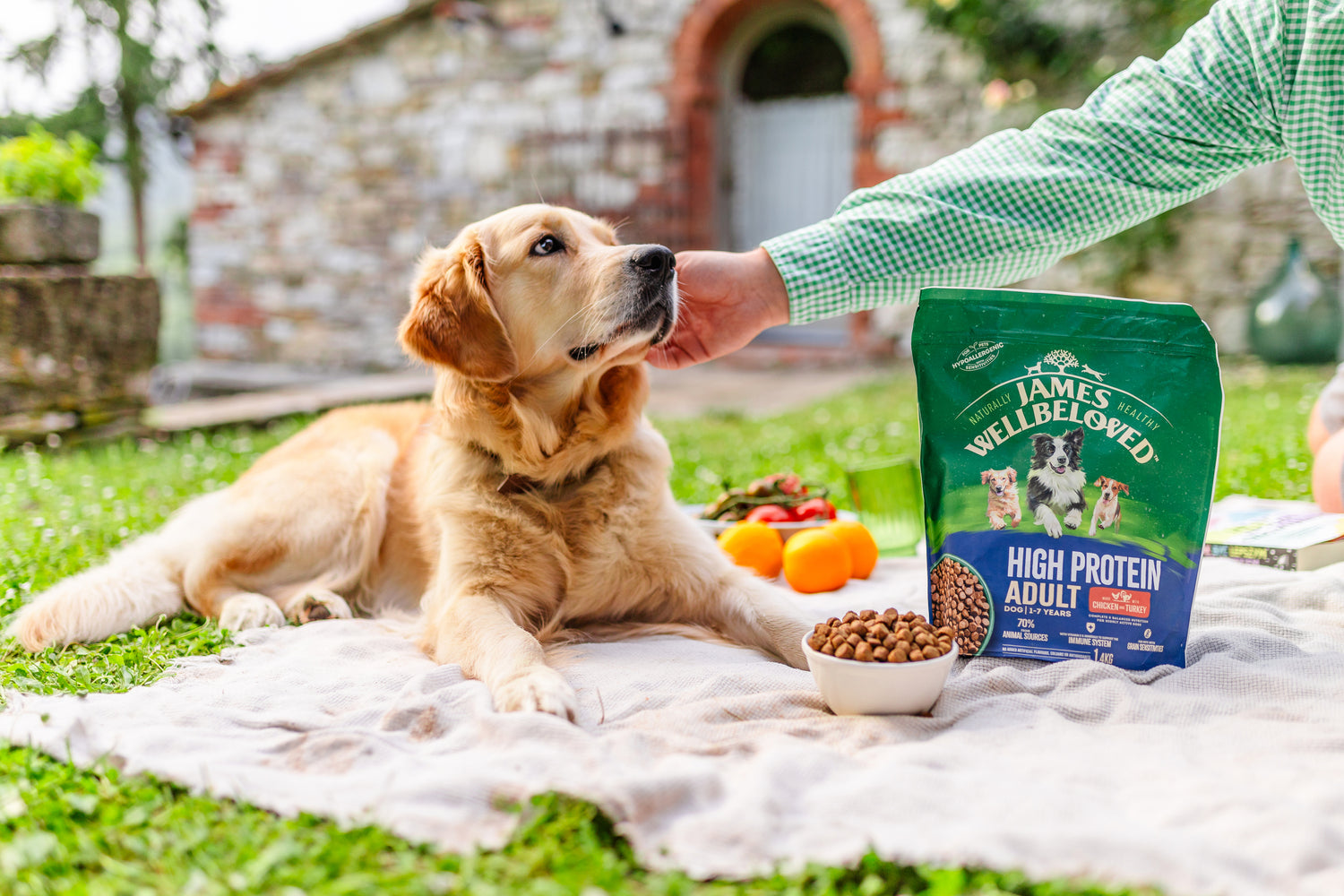If you have a dog, keeping them safe in and around the house should be a priority. At all stages of life, dogs need care and attention; moreover they’re very curious and can get up to mischief in a matter of seconds, which means understanding dog safety is essential.
Wondering how best to go about protecting your dog at home? James Wellbeloved provides tips for dog safety to help you make sure your canine companion is as out of harm’s way as possible.
1. KEEP AN EYE ON WHAT’S IN YOUR KITCHEN
Whether a puppy or senior dog, your furry friend enjoys food just as much as you do – perhaps even more so! This being the case, you should pay close attention to whatever may be lying about in your kitchen. A lot of human foods, like , are an absolute no-go for dogs and can prove fatal if ingested. Other bad foods for dogs are:
- Onions
- Raisins, sultanas and currants – all types of dried grapes
- Xylitol – an artificial sweetener found in foods such as sweets, chewing gum and some peanut butter
- Macadamia nuts
- Milk and dairy products, such as cheese and yoghurt
So, remember to keep these safely out of your pet’s reach to avoid an emergency trip to the vet. Likewise, check your rubbish for any scraps that could take your dog’s fancy and potentially make them sick, or better yet, ensure that bins are secure and away from where your dog could get into them.
2. STAY ON TOP OF PUPPY PROOFING
When it comes to getting a puppy, taking every precaution to ensure their safety is part and parcel of being a responsible pet owner. Puppy proofing can take many different forms depending on the household in question, from covering any potentially dangerous surfaces to installing a puppy gate for stairs. Just bear in mind that your dog is dependent on you to make their environment as safe as it can be, especially when they’re young.
Not all puppy dangers are obvious, and if you’d like more advice about dog safety, a vet will be able to help.

3. DON’T LEAVE THINGS LYING AROUND
A safe home for a dog doesn’t just involve puppy proofing when they’re little; it should be secure for every stage of their life. One of the biggest things you can do to set your house up with dog safety in mind is to put away all the loose objects. This will help to not only minimise their risk of choking, but also keep sensitive paws cared for and free from possible injury.
Objects scattered all over your property could be dangerous if your dog loves to explore, so be sure to find a secure place for everything.
4. CHOOSE YOUR HOUSEPLANTS WISELY
If you’re a plant parent as well as a pet parent, you need to know that certain flora do not agree with dogs. Holly and Easter lily, for instance, can be very harmful to dogs, as well as daffodils, carnations and crocuses. Other poisonous plants to dogs you may have growing in your garden or around your home include:
- Ivy
- Yew
- Tulips
- Chrysanthemums
- Foxgloves
- Hydrangeas
Removing these reduces the risk of your dog inadvertently becoming ill by quite some margin, so make sure you do what’s best for them.
5. ENSURE YOUR DOG IS SUPERVISED AS MUCH AS POSSIBLE
LIfe can get busy, and that sometimes means leaving your dog alone. However, doing this for more than four hours every day can have a negative impact on their happiness, behaviour and quality of life. It may also be a safety issue if they are left unsupervised or without proper crate training. A puppy gate for stairs might be enough when they’re small, but as they get older you will need to think about certain training methods or dog sitter options if their safety is not assured.
Dog safety doesn’t have to be a big deal. By making a few simple changes around the home, you can help protect your pet from any unnecessary risks and create a secure environment for them to enjoy with you throughout the day.
